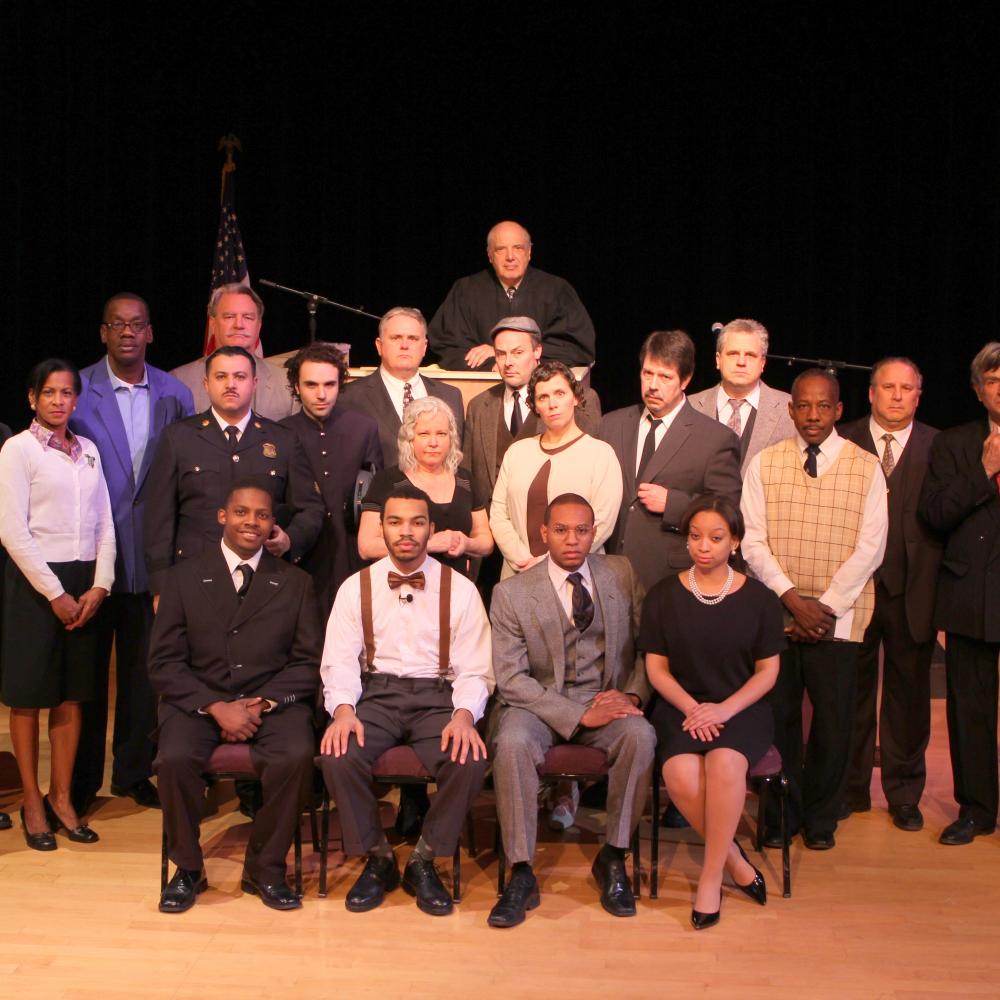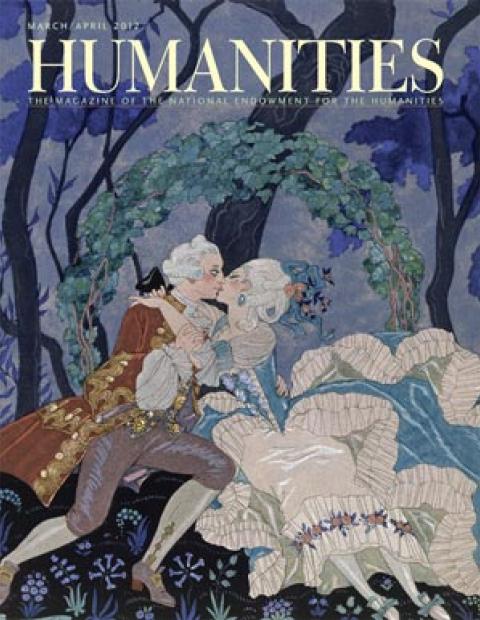One day in the summer of 1925, a doctor bought a house on the east side of Detroit.
Nothing particularly unusual, except the doctor was black, the house was in a white neighborhood, and in 1920s Detroit, as in many parts of the country, white hostility toward blacks was widespread, abetted, and often violent.
Shortly after Dr. Ossian Sweet and his wife, Gladys, moved into their house, an angry mob gathered outside, throwing rocks to break their windows. Police stood by and watched. To protect his home and family, Sweet had gathered friends and relatives—and guns. Shots were fired from inside the house, one of which killed a neighbor.
The Sweets and their friends were arrested and charged with murder. They underwent two trials (the first ended in a mistrial), with Clarence Darrow as their lead attorney, just months after he defended John Scopes in Tennessee for teaching evolution.
The Ossian Sweet story is the subject of Kevin Boyle’s National Book Award-winning Arc of Justice: A Saga of Race, Civil Rights, and Murder in the Jazz Age. Boyle’s book is the current pick for the Michigan Humanities Council’s Great Michigan Read for 2011—2012, a series of programs and events designed to get people to read, ponder, and talk about the book. Official participants have included schools, libraries, colleges, book clubs, museums, and other entities.
“It’s a really important book for us to discuss as a state,” says Michigan Humanities Council Executive Director Katie Wolf. Among other things, the book explores how bigotry wasn’t only a mindset, it was government sanctioned. “Segregation was basically institutionalized,” Wolf points out. Sewer lines, paved highways, and street lighting were rarely extended into black neighborhoods.
“I was shocked it actually happened,” says Rajni Jackson, a junior at Detroit’s University Preparatory Academy high school, one of MCH’s community partners in the Great Michigan Read.
Dr. Sweet “just wanted to be in a better neighborhood,” says Rayvon Dean, a sophomore at University Prep. “He was highly educated and though he would be accepted.”
Jackson, Dean, and some three hundred others came together on a snowy afternoon in January at Detroit’s Charles H. Wright Museum of African American History to see Dr. Sweet’s Tinderbox, local playwright-director Brenda Perryman’s dramatization of the second Sweet trial, adapted from the book. The presentation was one of the Great Michigan Read’s highlighted events.
“People are often very surprised by the depth of racism” that existed in the North, says author Kevin Boyle, noting that northerners take comfort in the idea that segregation and discrimination were only in the South. “What happened in Detroit is unusual in that Clarence Darrow showed up. What happened on that street isn’t.”
A history professor at Ohio State University, Boyle is a Detroit native. Growing up, he had some familiarity with the Ossian Sweet case. “You heard about it in some class somewhere, or in a newspaper on the anniversary. The big thing for me was realizing that an awful lot of people didn’t know about it.”
He hadn’t planned on rectifying that situation, but he recounts that in the 1990s, “I spent a year at University College in Dublin and made the mistake of asking them what they wanted me to teach about.” Civil rights in America, they suggested. Boyle wondered what he could contribute. “There were so many stories about the South, but I’m not a southerner.” Then he thought about this incident from back home and how he might us it as “a vehicle for talking about northern segregation. I wasn’t expecting a 300-page story.” Boyle eventually wrote 415 pages, including footnotes and an index.
As part of the Great Michigan Read, Boyle has made a series of appearances around the state –“a fireside chat, without the fire,” Wolf calls them.
Arc of Justice is the third book chosen as a Great Michigan read. Previous selections were Ernest Hemingway’s The Nick Adams Stories, set in northern Michigan, and Bich Minh Nguyen’s Stealing Buddha’s Dinner, a memoir of growing up Vietnamese-American in Grand Rapids.
Both of those books, one fiction, one not, focused on individuals. Neither had the historical scope or analytical heft of Arc of Justice. “This could be a tough sell,” Wolf feared, but the response has been enthusiastic. The council had a special edition of two thousand books published for discussion groups. They were snapped up “instantly,” she says. Another two thousand were printed and distributed in short order.
Many people seem to connect with Arc of Justice on a personal level. As Dr. Sweet’s Tinderbox concludes—the Sweets were acquitted—the actor playing Ossian Sweet speaks of the family’s ordeal that resulted from moving into a white neighborhood. “We made that choice,” he says, “but was it worth it?”
“Yes,” comes a voice from the audience. “Yes, it was worth it.”


